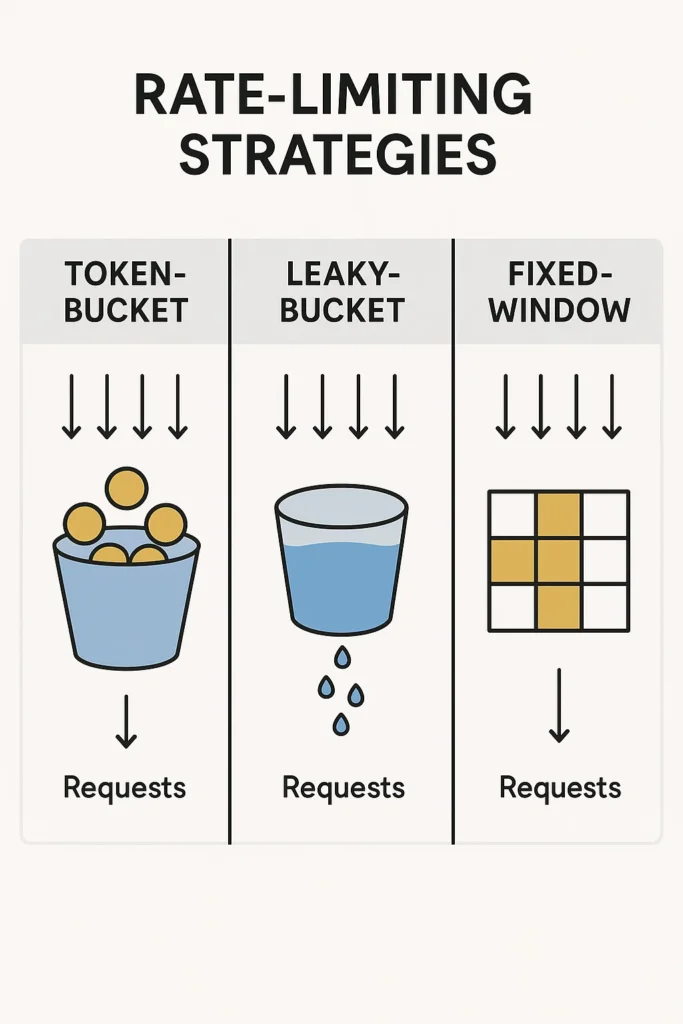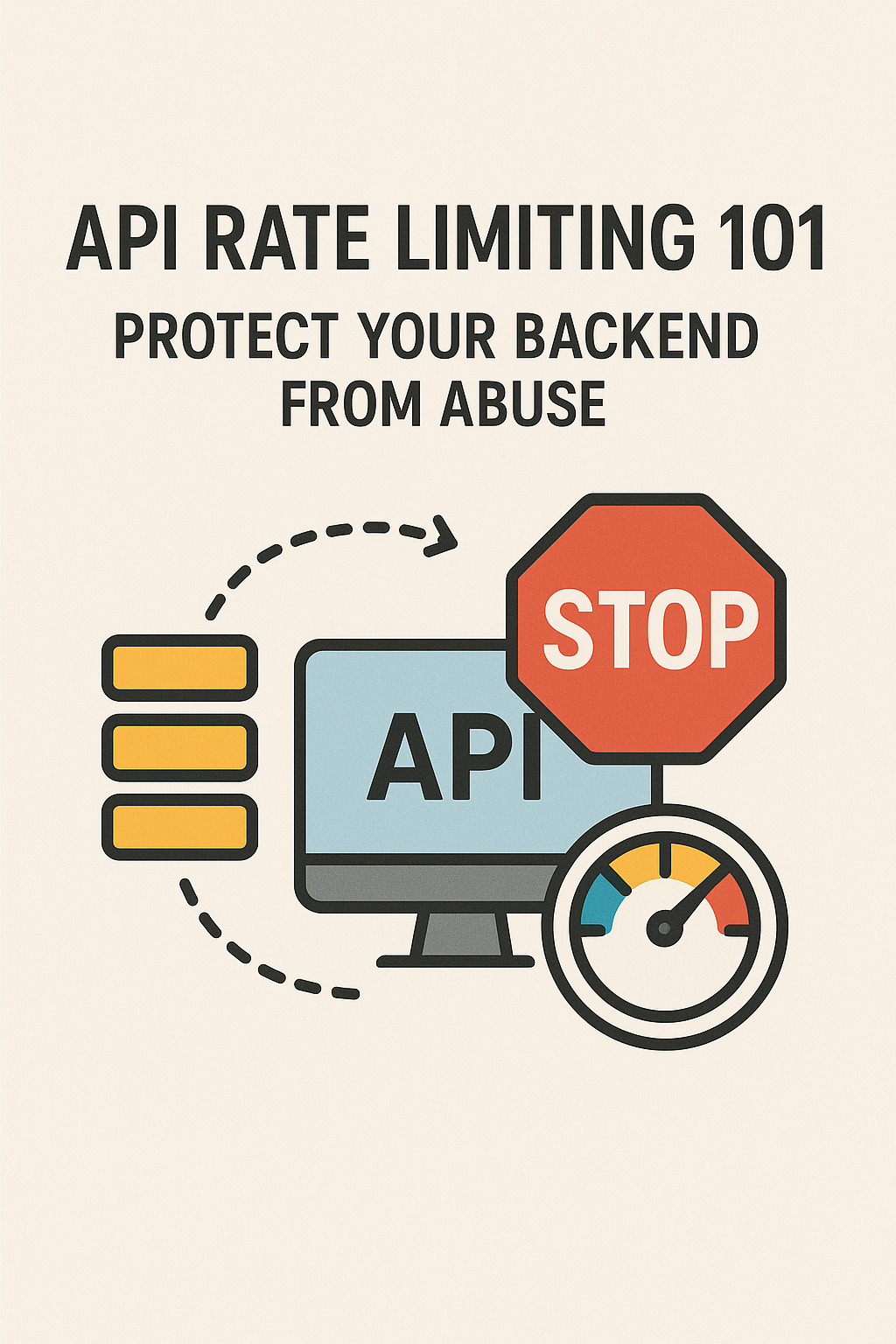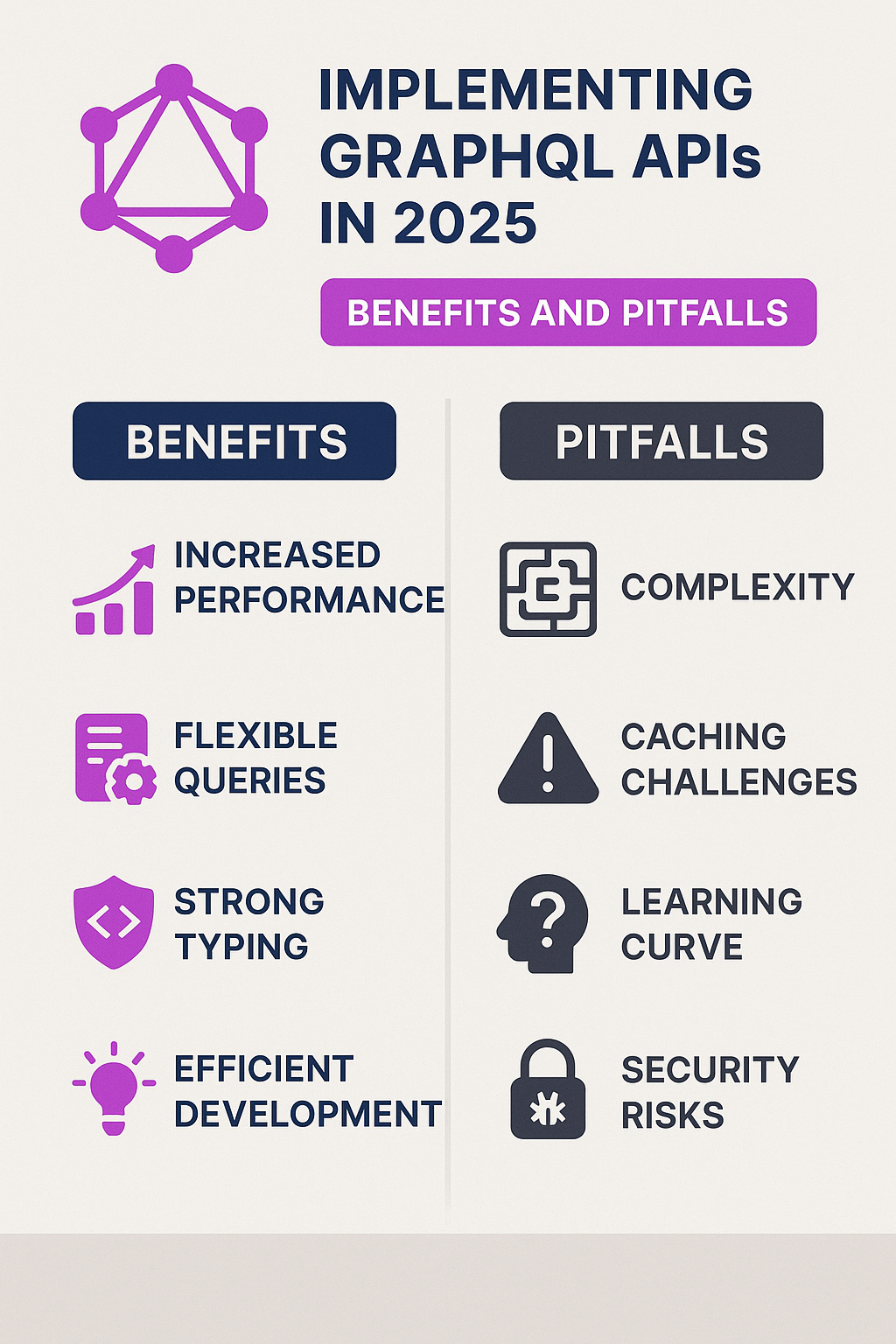
What Is Rate Limiting?
Rate limiting controls how many requests users can make within a specific time. It helps APIs stay stable, prevents abuse, and ensures fair usage among clients. Without it, one bad actor could easily overload your system.
Good rate-limiting strategies balance performance, fairness, and simplicity.
Why Rate Limiting Matters
When too many requests hit your backend, performance drops quickly. A proper rate-limit policy helps you:
- Prevent overloads and crashes.
- Avoid denial-of-service attacks.
- Keep costs predictable in cloud environments.
- Maintain a smooth experience for all users.
To achieve these goals, developers often rely on a few well-known algorithms. Let’s explore them.
Fixed-Window Algorithm
The fixed-window algorithm counts requests in a strict time period (for example, 100 per minute).
When the count exceeds the limit, new requests are rejected until the next minute begins.
Advantages:
- Very easy to implement.
- Predictable request limits.
Disadvantages:
- Can cause request bursts right after the window resets.
Because of that burst risk, many teams switch to an improved method — the sliding window.
Sliding Window: A Smoother Alternative
The sliding window tracks requests in a moving time frame, such as “the last 60 seconds.”
It gives a more accurate picture of user activity and avoids sudden spikes.
Advantages:
- Reduces burst traffic.
- Offers more precise rate control.
Disadvantages:
- Slightly more complex to calculate and store data.
As a result, sliding windows work better for APIs that receive steady but unpredictable traffic.
Token-Bucket Algorithm
The token-bucket approach uses tokens that fill the “bucket” at a steady rate.
Each request consumes one token. If the bucket runs empty, the request must wait or gets denied.
Advantages:
- Allows short bursts while keeping the average rate stable.
- Provides flexibility for APIs with irregular load.
Disadvantages:
- Needs careful tuning to avoid long delays.
This strategy works great for public APIs or mobile apps where user behavior is unpredictable.
Leaky-Bucket Algorithm
The leaky-bucket algorithm also uses a bucket — but it leaks requests at a fixed rate.
New requests enter a queue and are processed one by one. When the queue is full, extra requests are dropped.
Advantages:
- Keeps a consistent request flow.
- Smooths out heavy bursts.
Disadvantages:
- Less flexible for sudden spikes.
That’s why payment systems and event-driven platforms often rely on leaky-bucket behavior for safety.
Choosing the Right Strategy
Here’s a quick guide to help you decide:
| Use Case | Recommended Strategy |
|---|---|
| Internal APIs | Fixed-Window |
| Public APIs | Token-Bucket |
| Payment or Message Queues | Leaky-Bucket |
| Real-Time Apps | Sliding-Window |
Always test different configurations under real traffic to find your balance between fairness and speed.
Final Thoughts
Rate limiting is not a one-size-fits-all solution. However, the right algorithm can protect your backend from overloads and improve reliability. Many modern API gateways — such as Kong, NGINX, and Envoy — already include built-in support for these techniques.
To see how rate limiting fits into a larger architecture, check out API Gateway Patterns for SaaS Applications.
For more technical details, explore the official NGINX Blog on Rate Limiting.



